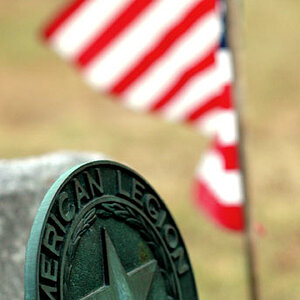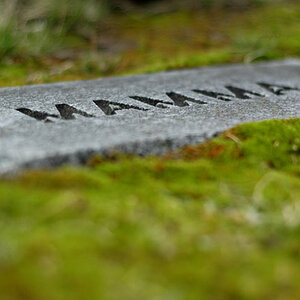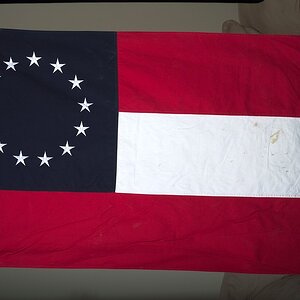Lorena
TPF Noob!
- Joined
- Jul 20, 2012
- Messages
- 2
- Reaction score
- 0
- Location
- Prescott Arizona
- Can others edit my Photos
- Photos NOT OK to edit
Hello, I would like to confirm, the plates are for drying older photo print paper to achieve a glossy finish. Because ferrotype does reference back to photographic process I am not sure if the term is correct. I have several that were donated by older photographers. I use mine to drag across contact sheets and it gives me instant pre-visualization of what a mirror image would look like. For example I have a shot of a single gila monster in the Gelapagos, his background is a sand stone wall. When I drag the tin mirror across, I see two exact monsters facing each other, however the stand stone in the background reveals the face of an aboriginal, or lionesque man. The tins are marvelous for this application because they are so thin they do not distort the center match up. The fellow that had a box full, do you still have them? Wanna sell them? With this application they would be good for artists and photographers alike. You could Google Jerry Uelsmann who was the master of mirror images before photoshop! Do you still have them? I don't have much money but I would like to buy them and then to offer them to artists and photographers as they are a fantastic art aide as I have explained. I have the connections that could get them to artists rather then let them oxidize in a closet or ultimately end up in a land fill because no one knows what to do with them. Resin Coated papers have eliminated the need for them in printmaking and digital has made print making nearly obsolete.




![[No title]](/data/xfmg/thumbnail/40/40310-01bec1b9b7918522bf21a09cf75c5266.jpg?1619739414)



![[No title]](/data/xfmg/thumbnail/40/40307-b3813381d3c1ef8282c72905405b50fe.jpg?1619739413)

![[No title]](/data/xfmg/thumbnail/40/40309-c759bfd4ae7c079632e7402d21d332f1.jpg?1619739414)

![[No title]](/data/xfmg/thumbnail/37/37539-ae46a74e6510aad73c9101a029847880.jpg?1619738133)
![[No title]](/data/xfmg/thumbnail/35/35266-f58b019dadff6920c09071a847f052c3.jpg?1619736970)
